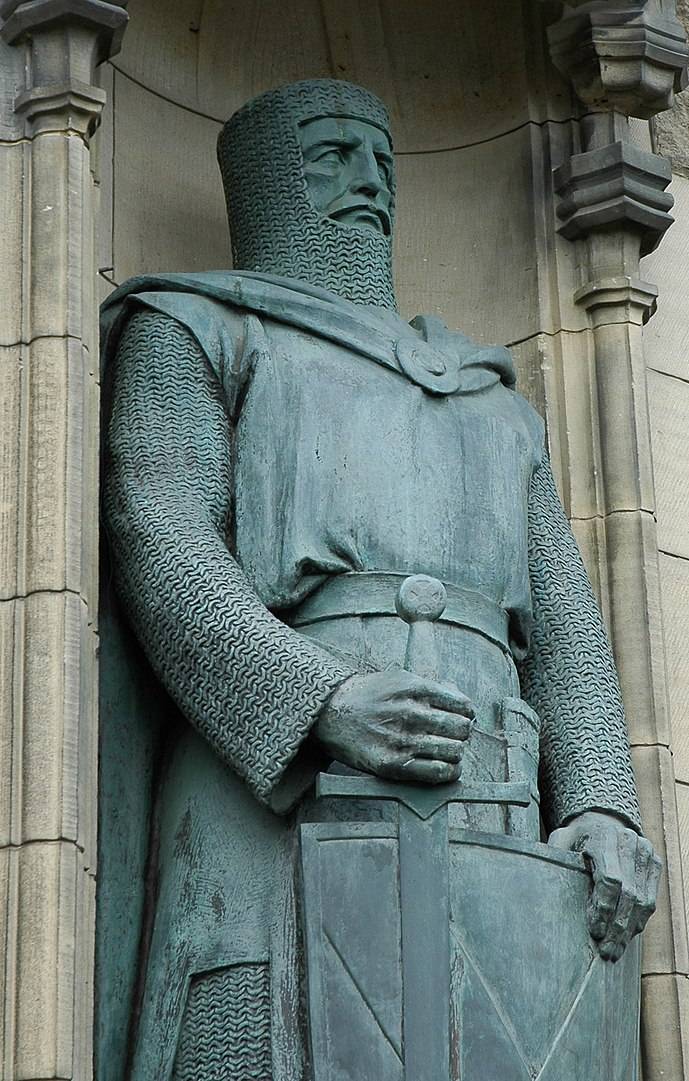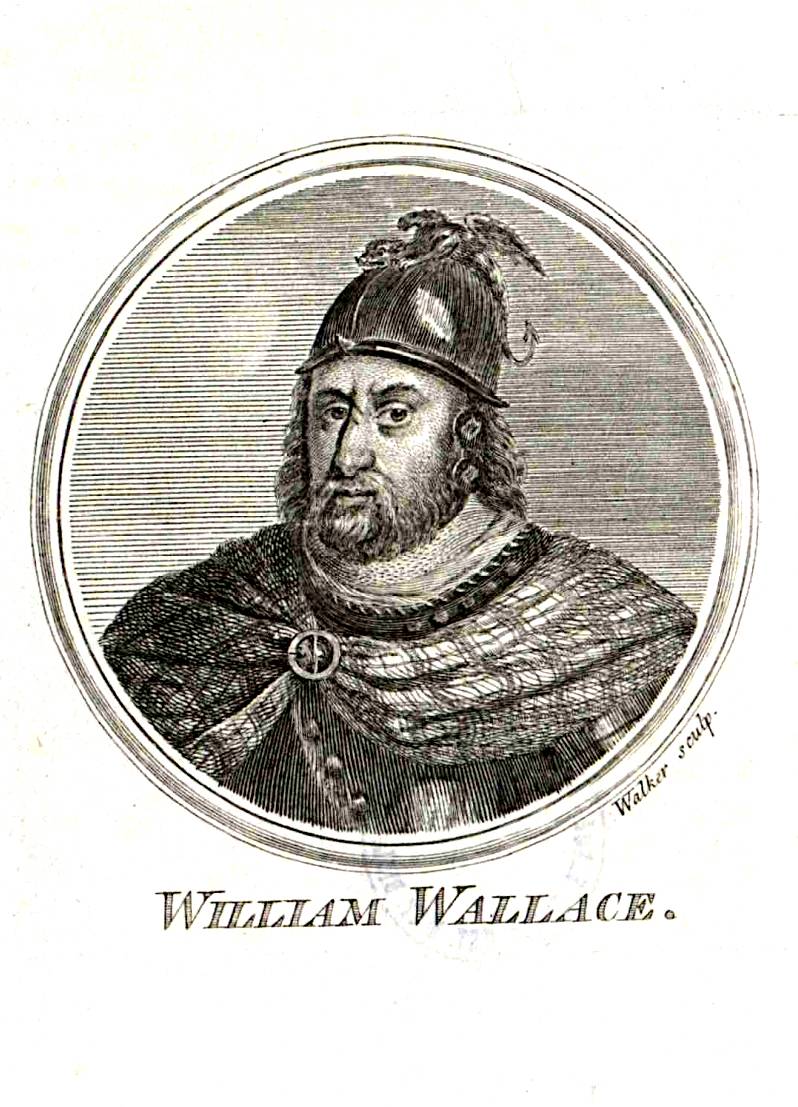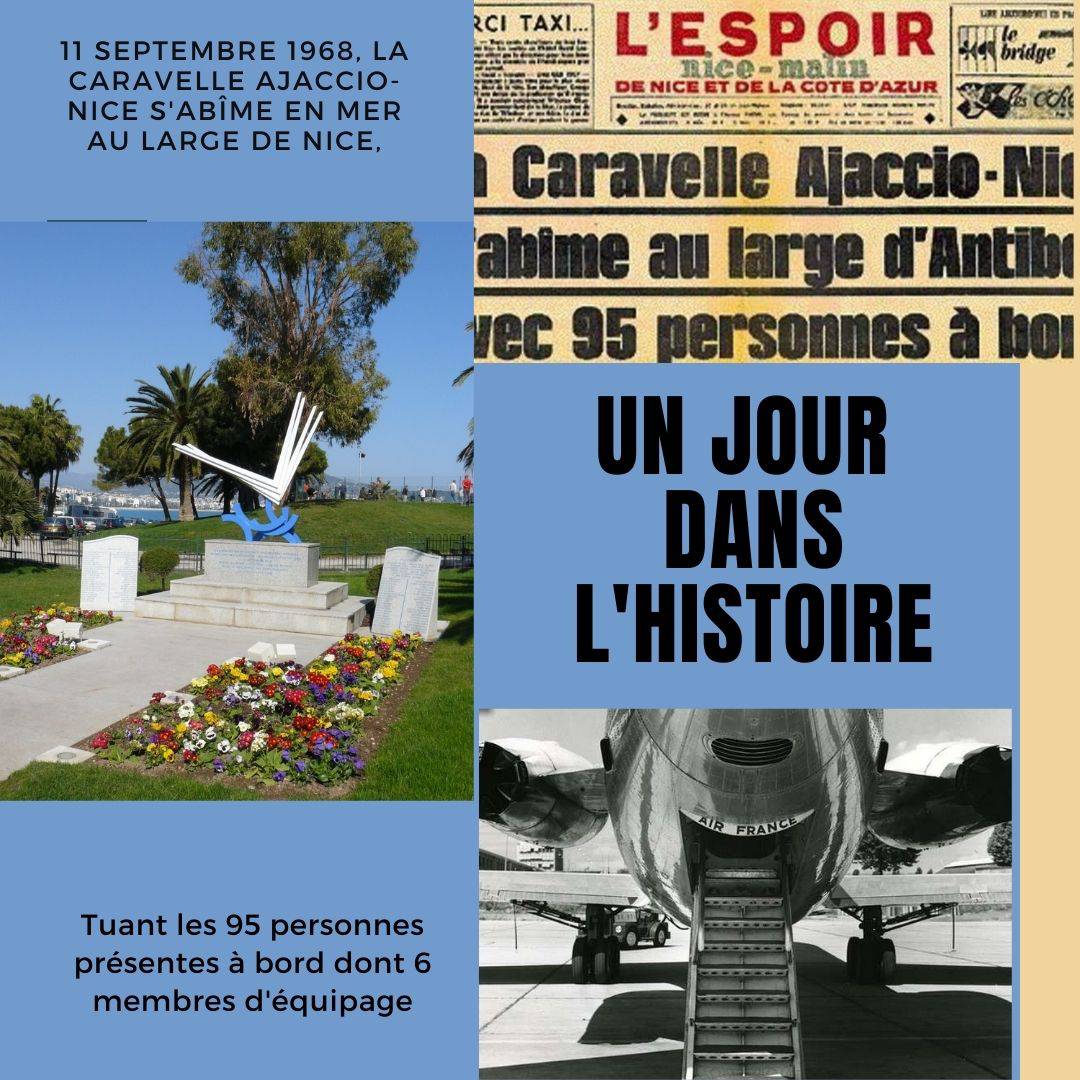
Chevalier écossais né vers 1270 et mort le 23 août 1305. Il est l'une des principales figures de la résistance écossaise contre l'Angleterre durant les guerres d'indépendance de l'Écosse.
Aux côtés d'Andrew de Moray, Wallace défait une armée anglaise à la bataille du pont de Stirling en septembre 1297. Il est nommé Gardien de l'Écosse et sert jusqu'à sa défaite à la bataille de Falkirk, en juillet 1298. En août 1305, Wallace est capturé à Robroyston, près de Glasgow, et remis au roi anglais Édouard Ier, qui le fait pendre, tirer et mettre en quartiers pour haute trahison et crimes contre des civils anglais.
Après sa mort, Wallace devient une icône dont la renommée dépasse les frontières de l'Écosse. Le poète du XVe siècle Harry l'Aveugle lui consacre une épopée en vers, The Wallace, et il devient le héros de romans de Walter Scott et Jane Porter au XIXe siècle. En 1995, il est incarné par Mel Gibson dans le film Braveheart, qui prend d'importantes libertés avec son histoire.
Scottish knight born around 1270 and died August 23, 1305. He was one of the main figures of Scottish resistance against England during the Wars of Scottish Independence.
Alongside Andrew de Moray, Wallace defeated an English army at the Battle of Stirling Bridge in September 1297. He was appointed Guardian of Scotland and served until his defeat at the Battle of Falkirk in July 1298. August 1305, Wallace was captured at Robroyston, near Glasgow, and handed over to English King Edward I, who had him hanged, shot and quartered for high treason and crimes against English civilians.
After his death, Wallace becomes an icon whose fame goes beyond the borders of Scotland. The 15th century poet Harry the Blind devoted an epic in verse to him, The Wallace, and he became the hero of novels by Walter Scott and Jane Porter in the 19th century. In 1995, he was played by Mel Gibson in the film Braveheart, which took significant liberties with its story.









